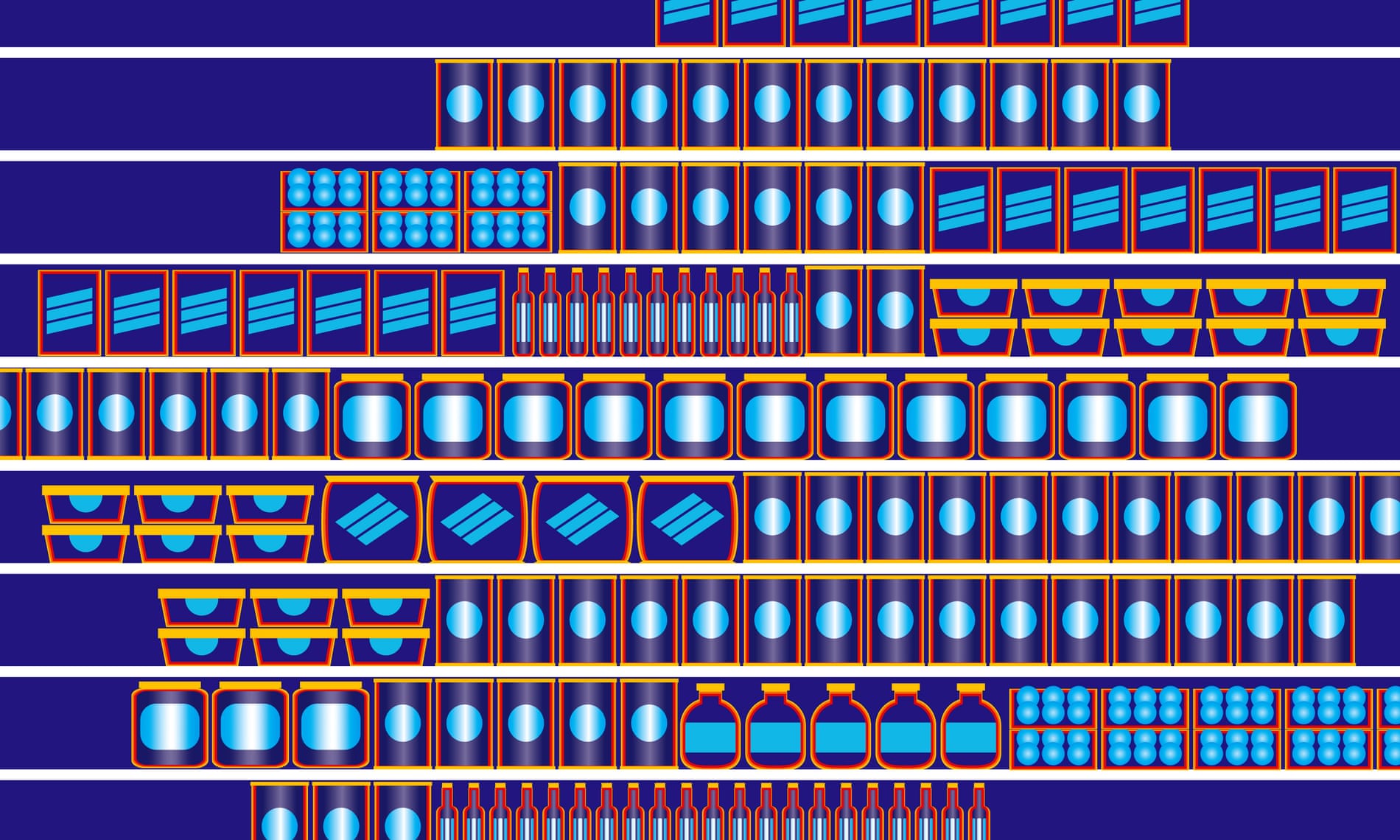The Aldi effect: how one discount supermarket transformed the way Britain shops
 On a Thursday morning in April 1990, in the suburb of Stechford in Birmingham, a strange grocery chain started trading in the UK. It only stocked 600 basic items - fewer than you might find in your local corner shop today - all at very low prices. For many products, including butter, tea and ketchup, only a single, usually unfamiliar brand was offered. To shoppers accustomed to the abundance of Tesco and Sainsbury's, which dominated the British grocery sector with thousands of products and brands, delicatessens, vast fridges and aisles piled high with fresh fruit and vegetables, the range would have seemed dismal.
On a Thursday morning in April 1990, in the suburb of Stechford in Birmingham, a strange grocery chain started trading in the UK. It only stocked 600 basic items - fewer than you might find in your local corner shop today - all at very low prices. For many products, including butter, tea and ketchup, only a single, usually unfamiliar brand was offered. To shoppers accustomed to the abundance of Tesco and Sainsbury's, which dominated the British grocery sector with thousands of products and brands, delicatessens, vast fridges and aisles piled high with fresh fruit and vegetables, the range would have seemed dismal.
The managers of this new shop, which was called Aldi, had not bothered to place a single advert announcing its arrival - not even an "Opening soon" sign outside the store. Strip lights illuminated the 185 sq metre store, and from the ceiling hung banners listing prices for the goods stacked on wooden pallets or displayed in torn-open cardboard boxes on metal shelves. A £1 deposit allowed you to borrow a trolley but there were no baskets. The checkout assistants, who had been trained to memorise the price of every item in the store, were so fast that shoppers experienced what some would come to call "Aldi panic" - the fear that you cannot pack your goods quickly enough. The store accepted cash but not cheques or cards. Customers seeking itemised receipts left disappointed.
Continued here